When considering whether whole or skim milk is better for individuals with diabetes, several factors come into play. While whole milk contains a higher fat content and more calories, it may provide increased feelings of satiety due to its richness, potentially aiding in weight management. Additionally, the fat in whole milk may slightly slow down the absorption of carbohydrates, leading to a slightly lower glycemic index compared to skim milk. On the other hand, skim milk is lower in calories and saturated fat, making it a suitable option for individuals looking to manage their weight or reduce their intake of saturated fats. Both whole and skim milk have a similar impact on blood sugar levels, but the choice between the two ultimately depends on individual dietary preferences, nutritional needs, and overall health goals.
Table of Contents
What Is Whole Milk?
- Whole milk is dairy milk that has not undergone any fat removal processes. It contains the natural balance of milk fat, water, protein, lactose (milk sugar), vitamins, and minerals.
- Whole milk typically contains around 3.5-4% milk fat by weight. The fat content contributes to its creamy texture and rich flavor.
- Due to its higher fat content, whole milk is more calorie-dense compared to skim milk. One cup of whole milk contains approximately 150 calories.
- Whole milk is commonly used in cooking, baking, coffee, tea, and enjoyed as a beverage on its own.
What Is Skim Milk (Fat-Free or Non-Fat Milk)?
- Skim milk is dairy milk that has undergone a fat removal process to reduce its fat content significantly. It is also referred to as fat-free or non-fat milk.
- Skim milk typically contains less than 0.5% milk fat by weight, making it virtually fat-free.
- Skim milk has a thinner consistency compared to whole milk due to the absence of fat. It may have a slightly blander taste compared to whole milk.
- Skim milk is lower in calories compared to whole milk, making it a popular choice for individuals looking to reduce their calorie and fat intake.
Glycemic Index of Whole vs. Skim Milk:
Here's a detailed comparison of the glycemic index (GI) of whole milk versus skim milk:
Glycemic Index (GI):
Whole Milk:
- The GI of whole milk is typically lower than that of skim milk due to its higher fat content.
- The presence of fat in whole milk may slightly slow down the absorption of carbohydrates, leading to a slower and more gradual increase in blood sugar levels.
- Whole milk is estimated to have a GI ranging from 27 to 45, depending on factors such as processing methods and individual variations.
Skim Milk:
- Skim milk has a higher carbohydrate content relative to fat, which may result in a slightly faster increase in blood sugar levels compared to whole milk.
- The GI of skim milk is estimated to be slightly higher than that of whole milk, typically ranging from 32 to 46.
- Skim milk has a lower fat content and is often considered to have a more rapid impact on blood sugar levels compared to whole milk.
Overall, both whole and skim milk have a moderate impact on blood sugar levels, and the difference in their glycemic indices is relatively small. Factors such as individual metabolism, portion size, and dietary context can also influence the glycemic response to milk consumption. It's important for individuals with diabetes to monitor their blood sugar levels regularly, choose dairy options that align with their dietary preferences and health goals, and consult with a healthcare provider or registered dietitian for personalized guidance.
Whole Milk or Skim Milk- Which Is Better?
Determining whether whole milk or skim milk is better depends on individual health goals, dietary preferences, and nutritional needs. Here's a comparison to consider:
Whole Milk:
- Whole milk contains a higher fat content, typically around 3.5-4% fat by weight. The fat contributes to its creamy texture and rich flavor.
- The fat in whole milk provides essential fat-soluble vitamins such as vitamin A, D, E, and K, as well as other nutrients like calcium and protein.
- Whole milk may promote greater feelings of satiety due to its fat content, potentially helping to curb hunger and support weight management.
- However, whole milk is higher in calories and saturated fat compared to skim milk, which may not be suitable for individuals watching their calorie intake or managing their saturated fat consumption.
Skim Milk:
- Skim milk, also known as fat-free or non-fat milk, has had most of its fat content removed, typically containing less than 0.5% fat by weight.
- Skim milk is lower in calories and saturated fat compared to whole milk, making it a suitable option for individuals looking to reduce their calorie intake or manage their saturated fat consumption.
- Skim milk still provides essential nutrients such as protein, calcium, and vitamins, but without the added fat and calories.
- However, some people may find skim milk to have a slightly blander taste and thinner consistency compared to whole milk.
Is Skim Milk Good For Diabetics?
Yes, skim milk can be a good option for individuals with diabetes, especially those who are watching their calorie intake and managing their fat consumption. Skim milk is lower in calories and saturated fat compared to whole milk, making it a suitable choice for individuals looking to maintain a healthy weight and reduce their risk of cardiovascular complications associated with diabetes. Additionally, skim milk still provides essential nutrients such as protein, calcium, and vitamins, without the added fat and calories. Its lower glycemic index compared to many other high-carbohydrate foods can also help individuals with diabetes manage their blood sugar levels more effectively. Overall, skim milk can be incorporated into a balanced diet for individuals with diabetes as part of an overall healthy eating plan.

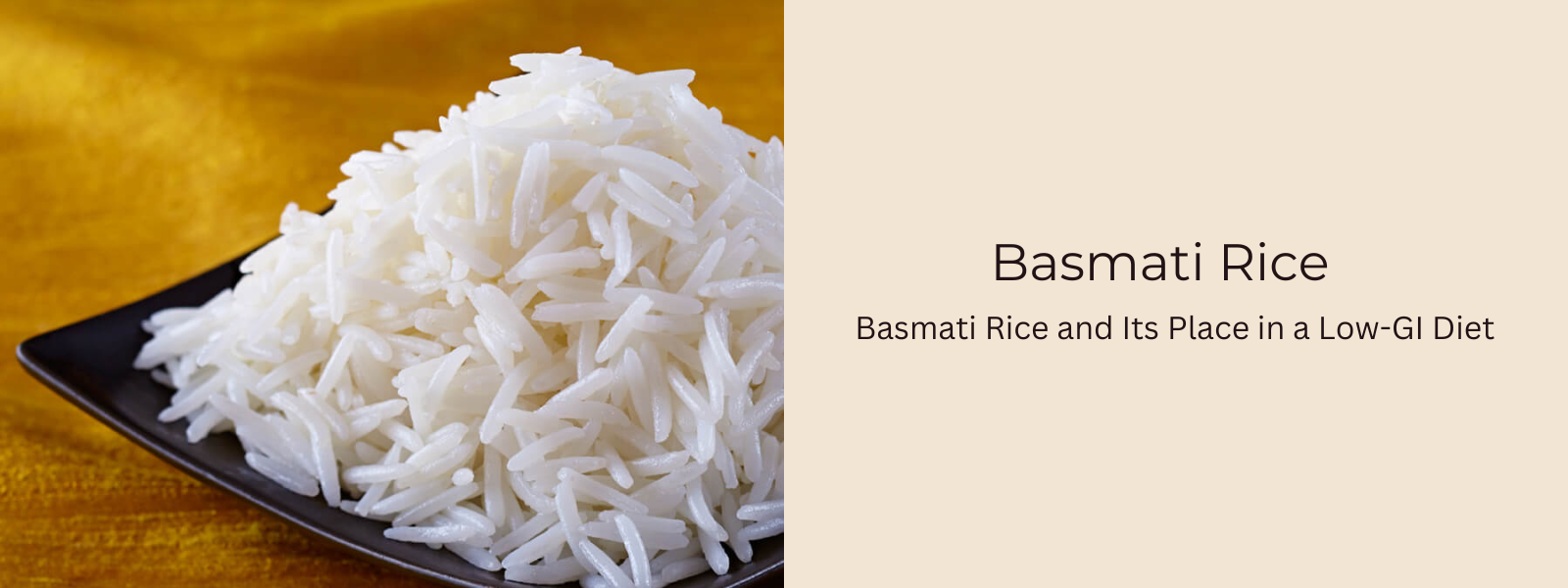
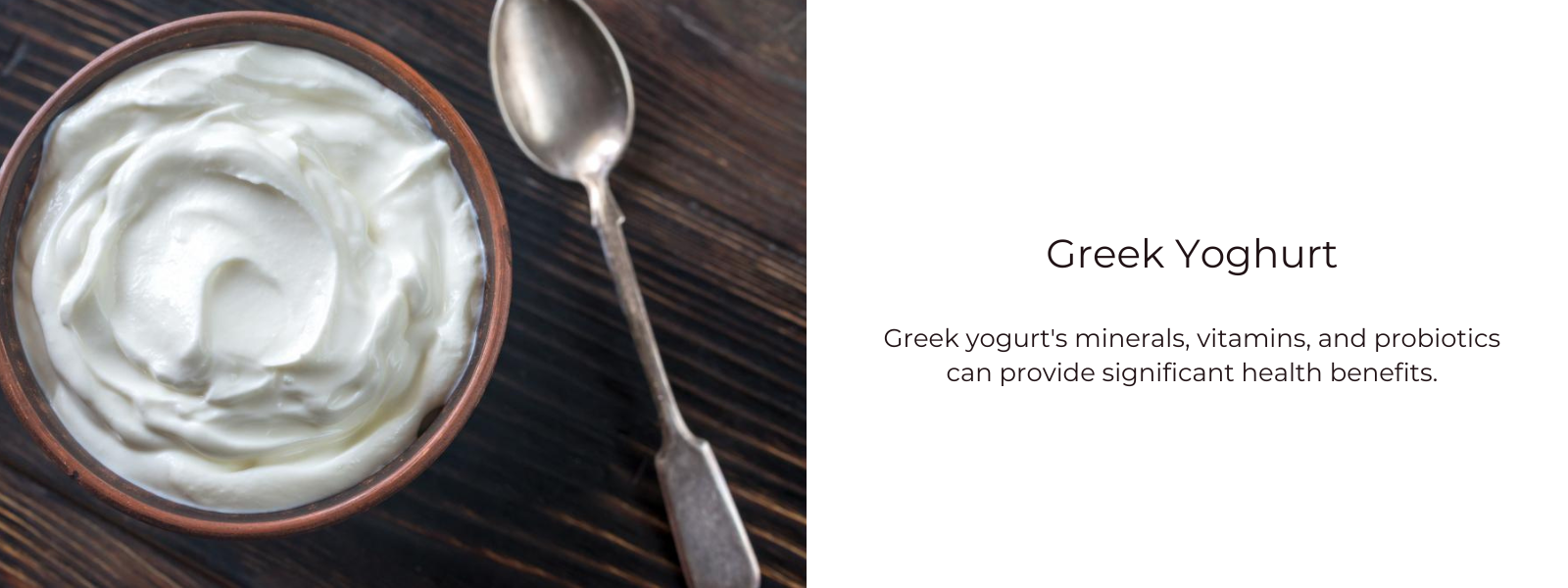
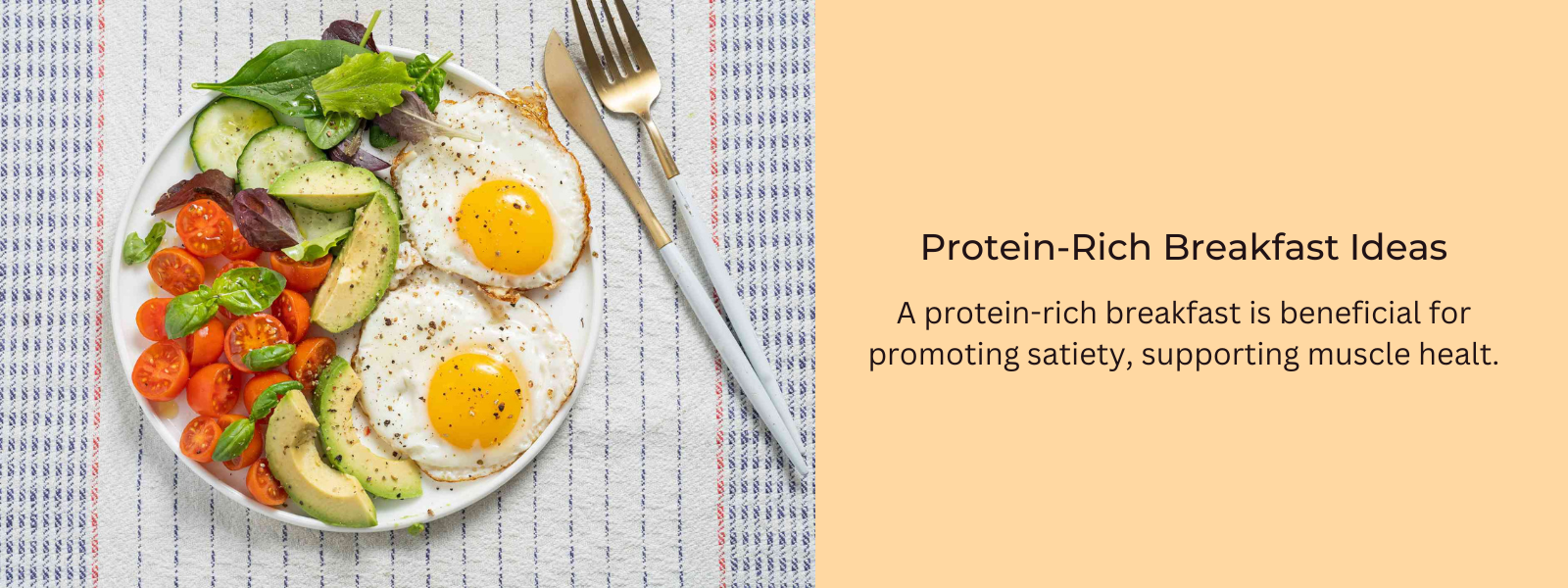
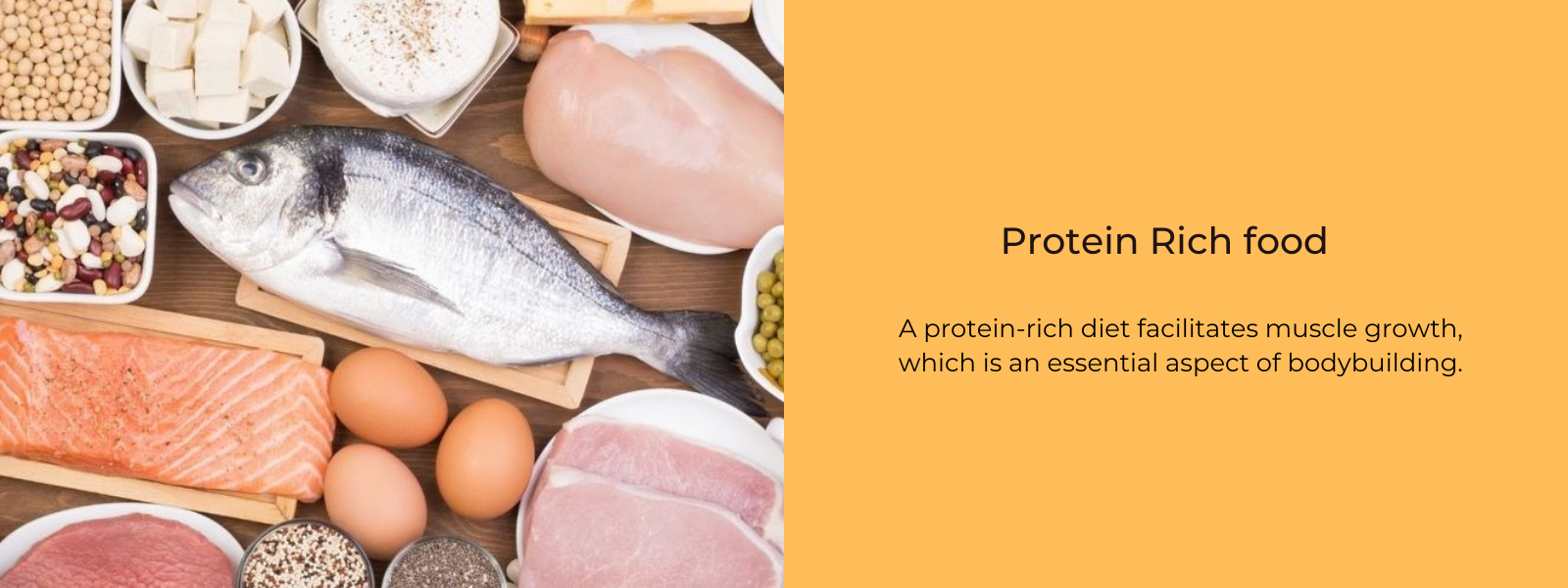
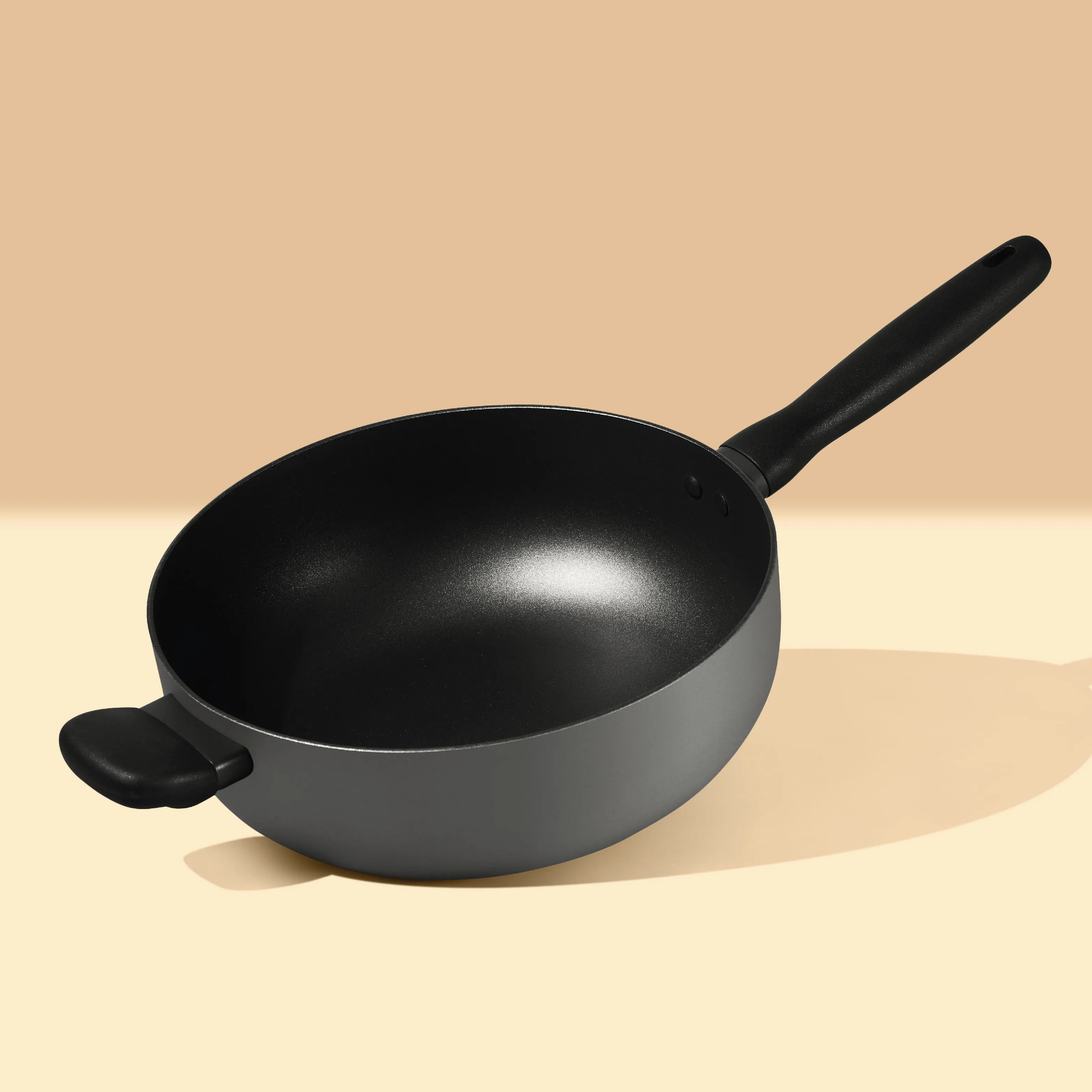





Leave a comment